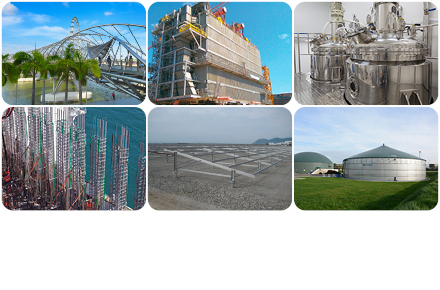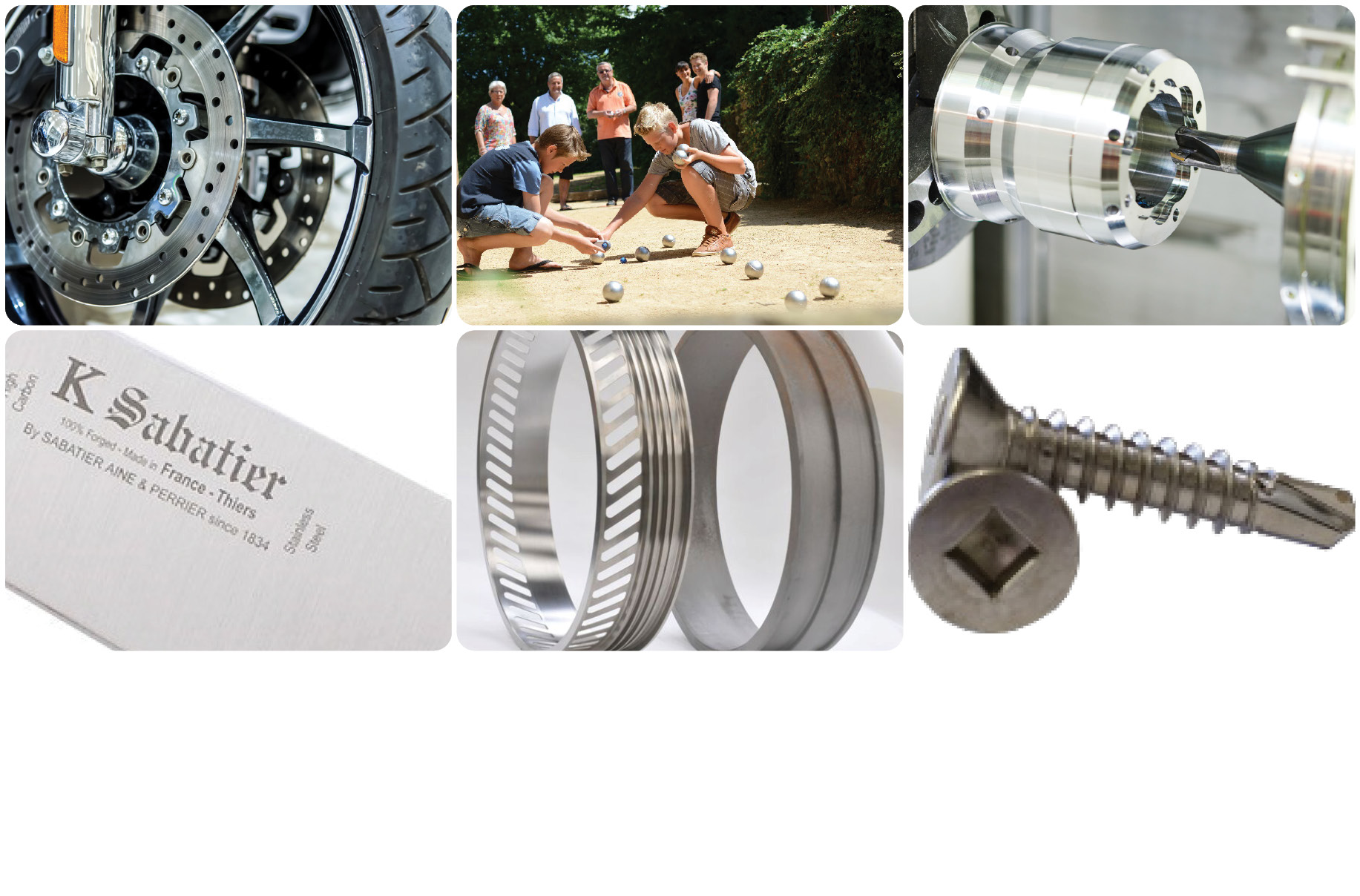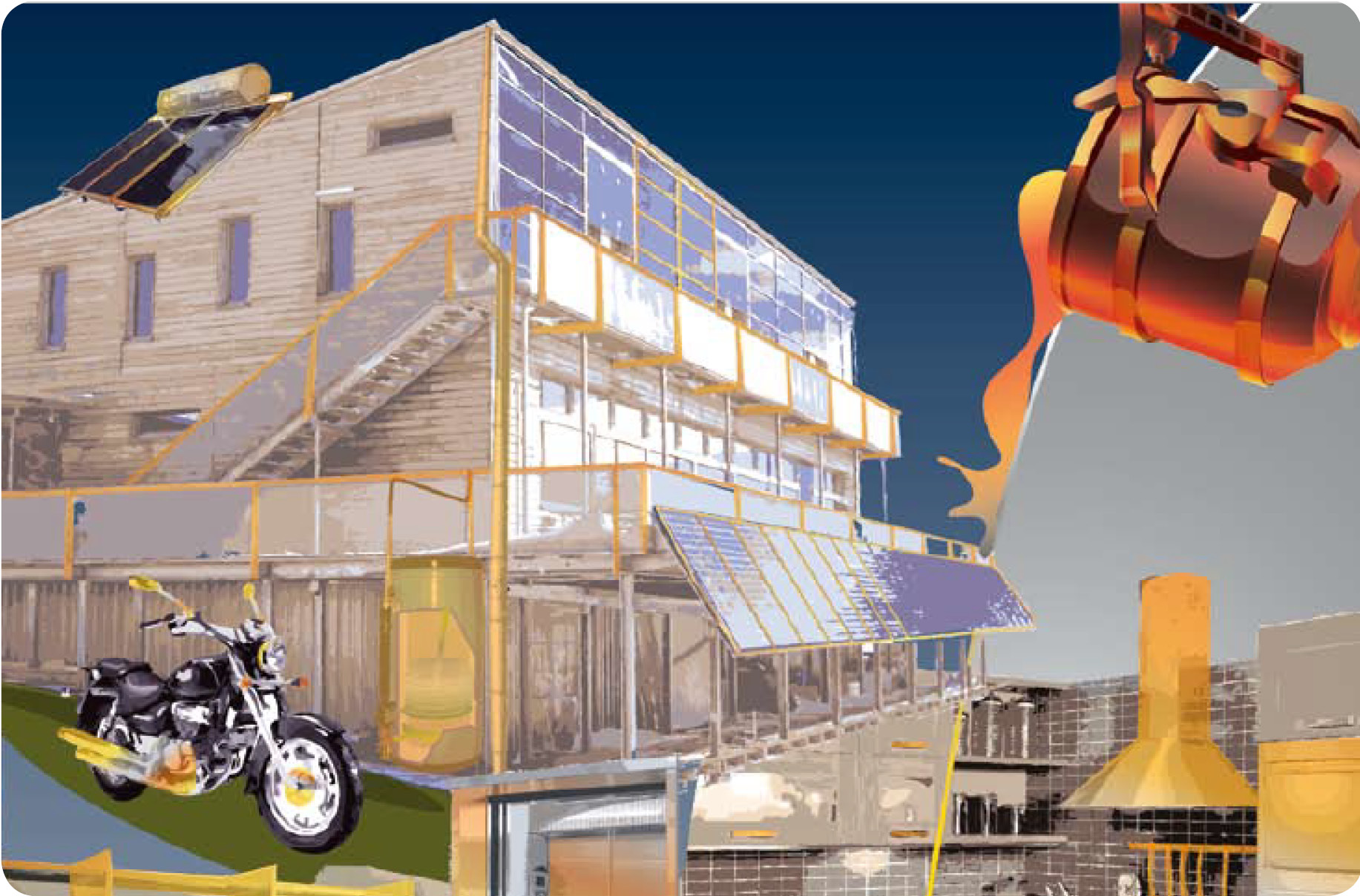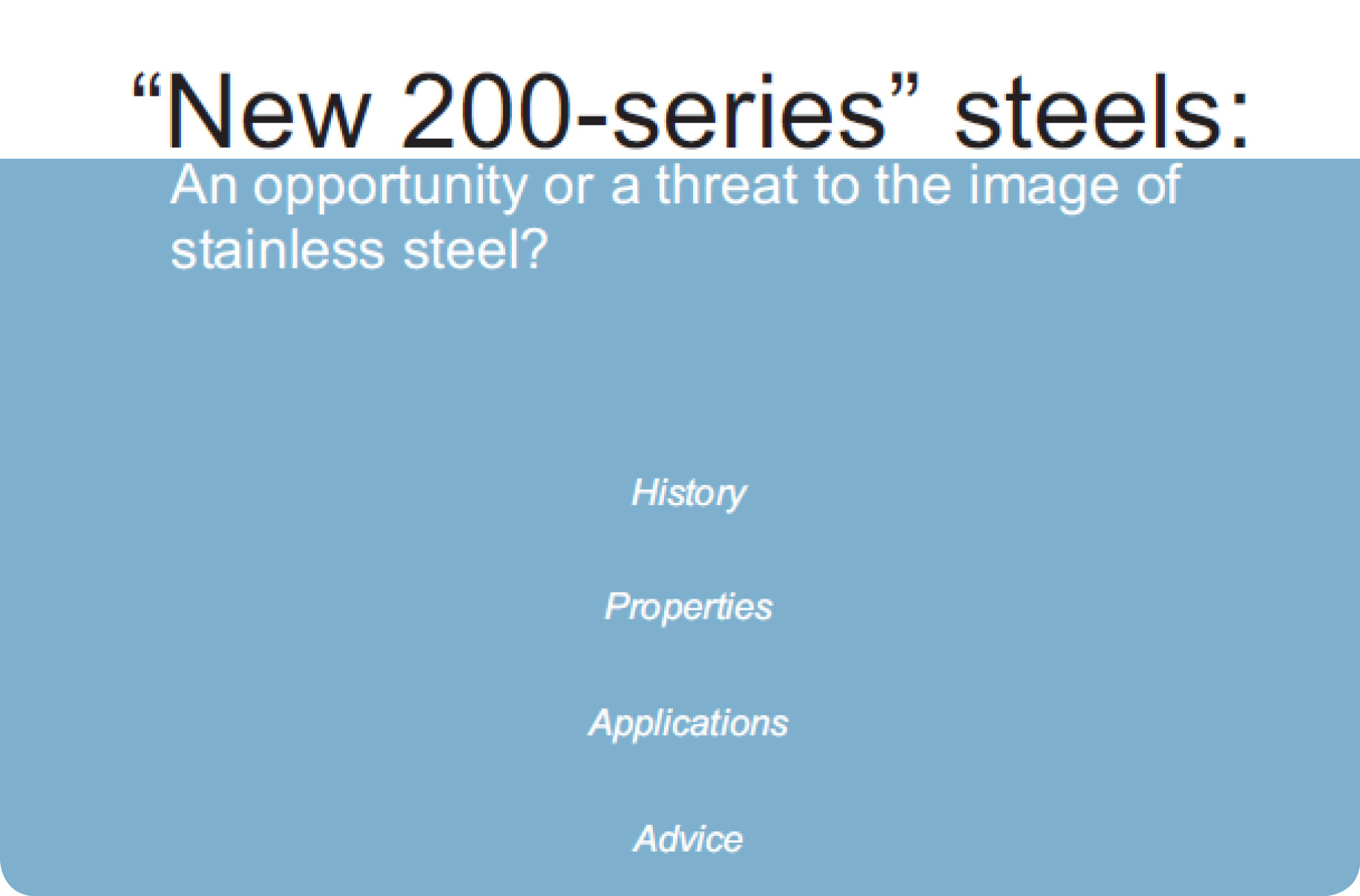Duplex Stainless Steels

Duplex stainless steels form the latest family of stainless steels, tested as early as in the 1930’s and mass produced from the 1970’s onwards. Their excellent mechanical properties and their corrosion resistance have made them a first choice material for high-load applications in corrosive environments.
This reference document will inform and guide readers in how to appropriately select the correct duplex stainless steel for specific projects. It will also provide sound guidance for the selection of duplex stainless steels, when this family of stainless steels may not have been otherwise considered. This brochure is recommended for producers, material specifiers, architects, OEMs and stockists, with the knowledge that they will all find this a helpful tool in their material selection decisions and market development activities.










